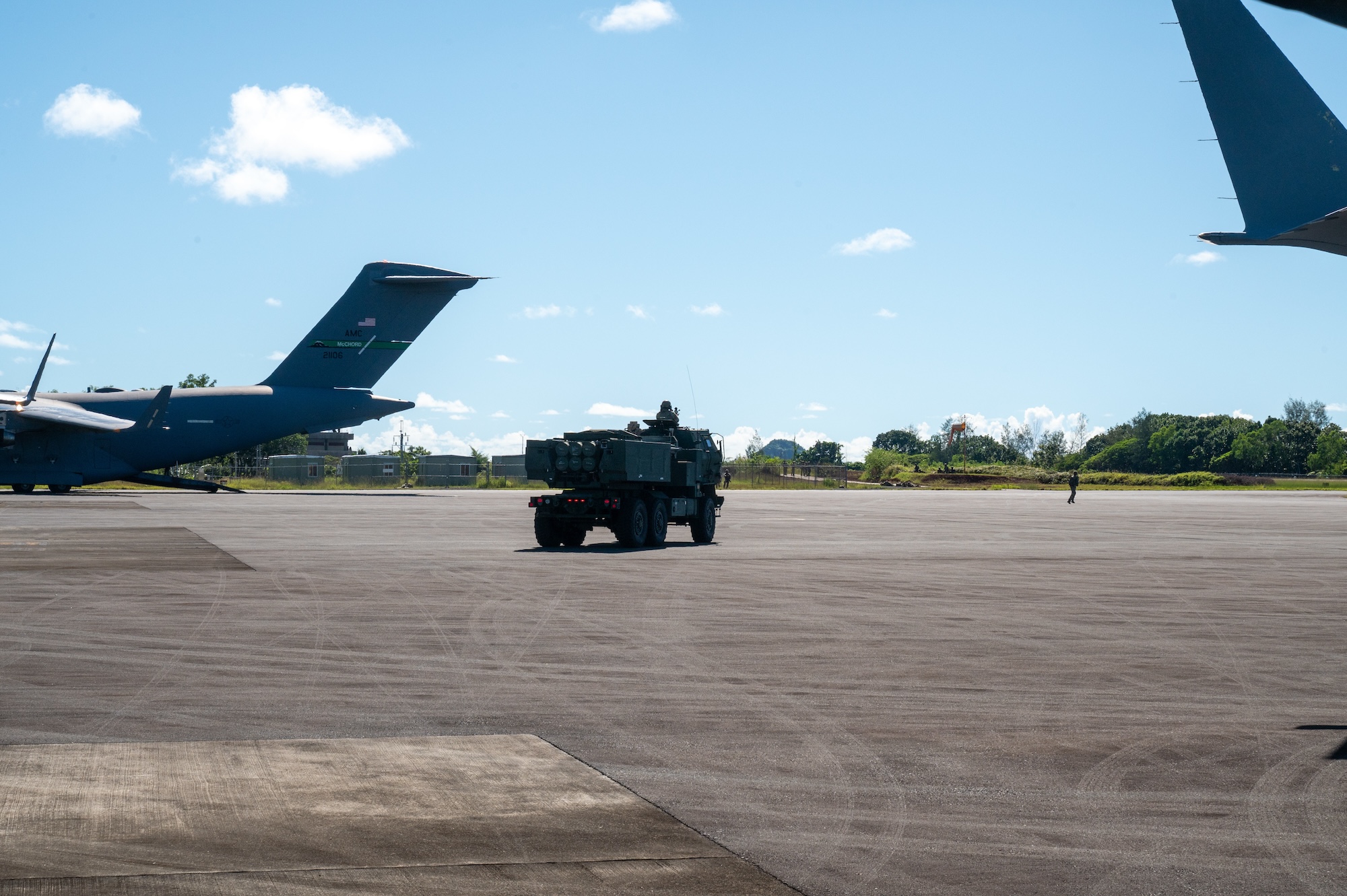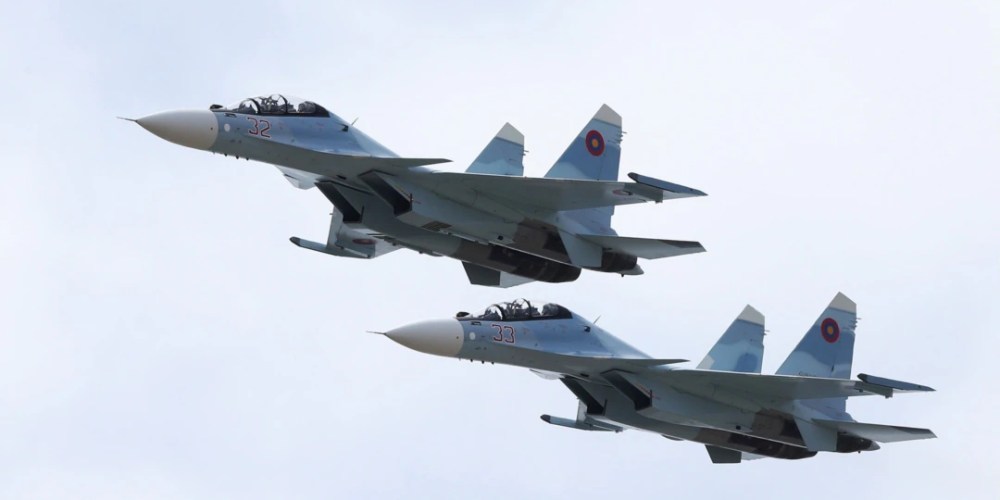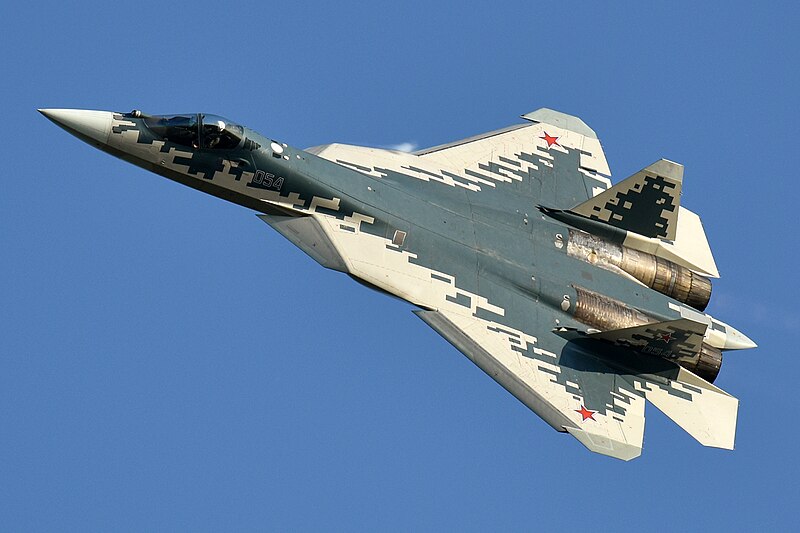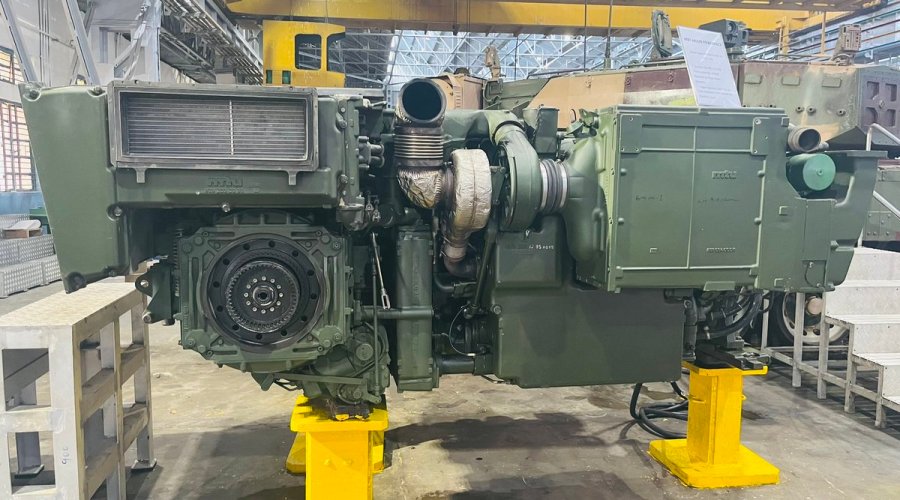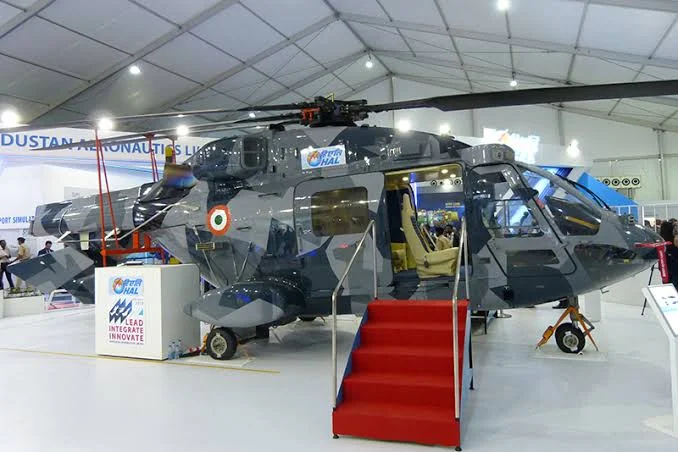US Military Showcases Airfield Seizure Skills with HIMARS
US Military Conducts Successful Exercise to Capture and Secure Airfield Using HIMARS The United States military has successfully demonstrated its…
Armenia seeks Indian “Super-30” upgrade and may acquire Su-30MKI amidst Russian limitations
Armenia to Enhance Air Power with India-Bound Fighter Jet Upgrades In a significant shift in its defense strategy, Armenia is…
India Could Explore Russian Su-57 as a Temporary Solution Against China-Pakistan’s 5th Gen Jets While AMCA Development Lags Behind
India Eyes Russian Su-57 as Interim Solution Amid Delays in Advanced Medium Combat Aircraft Development India's ambition to develop its…
BEML to Equip India’s Main Battle Tanks with Datran 1500hp Engines
BEML Limited Secures Key Contract for Advanced Tank Engines to Bolster Indian Defense Capabilities New Delhi, March 20, 2024 -…
India’s Naval Utility Helicopter Prototype in Development, First Flight Anticipated by May 2025
India Advances Self-Reliance in Defense: New Indigenous Naval Utility Helicopter in Development India is poised to make significant strides in…
Modi and Spanish PM Sanchez to Launch TASL-Airbus Military Transport Aircraft Facility in Vadodara on October 28
Modi and Sanchez to Inaugurate Tata-Airbus Factory in Vadodara Vadodara, India – Prime Minister Narendra Modi and Spanish Prime Minister…

